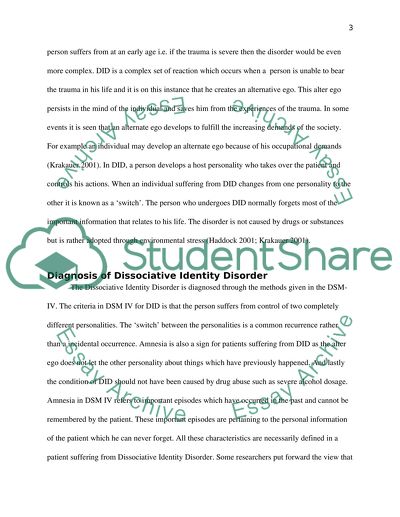Cite this document
(“Dissociative Identity Disorder Overview Research Paper”, n.d.)
Retrieved from https://studentshare.org/psychology/1405380-dissociative-identity-disorder
Retrieved from https://studentshare.org/psychology/1405380-dissociative-identity-disorder
(Dissociative Identity Disorder Overview Research Paper)
https://studentshare.org/psychology/1405380-dissociative-identity-disorder.
https://studentshare.org/psychology/1405380-dissociative-identity-disorder.
“Dissociative Identity Disorder Overview Research Paper”, n.d. https://studentshare.org/psychology/1405380-dissociative-identity-disorder.


